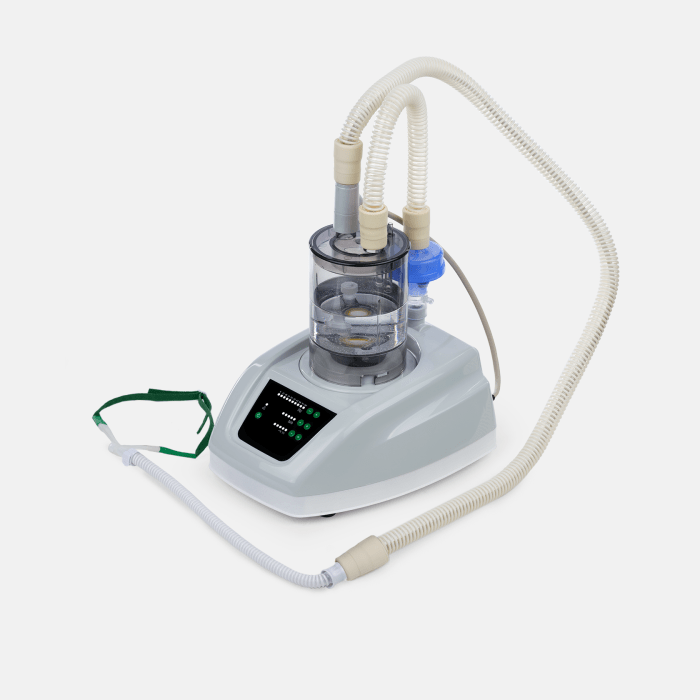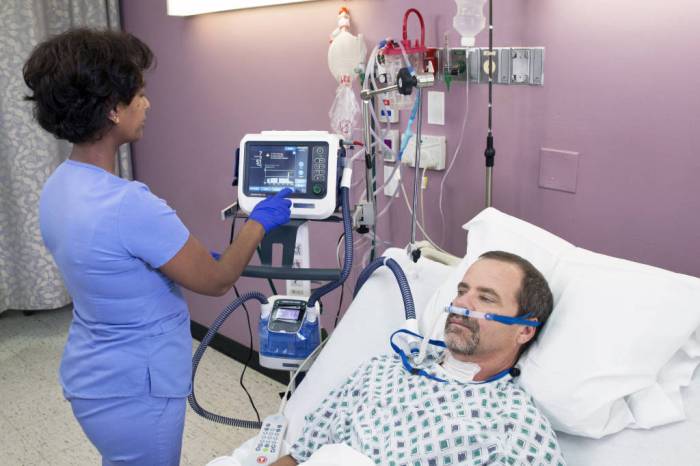What therapy is a recommended alternative to vasopressor infusion? This question has been at the forefront of medical research, as vasopressor infusion, while effective in certain scenarios, has potential complications and limitations. This article delves into the various alternative therapies that have emerged, exploring their advantages, disadvantages, and suitability for different patient profiles, providing a comprehensive guide for healthcare professionals seeking effective and tailored treatment options.
As we navigate the complexities of vasopressor infusion and its alternatives, we will uncover the nuances of patient selection, monitoring strategies, and the latest evidence-based practices, empowering healthcare providers with the knowledge and tools to make informed decisions that optimize patient outcomes.
What Therapy is a Recommended Alternative to Vasopressor Infusion?

Vasopressor infusion is a commonly used therapy to treat hypotension in critically ill patients. However, there are several alternative therapies that can be considered, each with its own advantages and disadvantages.
Understanding Vasopressor Infusion
Vasopressor infusion involves the administration of drugs that constrict blood vessels, thereby increasing blood pressure. It is indicated in patients with severe hypotension unresponsive to fluid resuscitation. However, it can be associated with complications such as arrhythmias, hypertension, and tissue ischemia.
Alternative Therapies to Vasopressor Infusion
- Inotropes:These drugs increase the force of myocardial contraction, improving cardiac output and blood pressure. Examples include dobutamine and milrinone.
- Chronotropes:These drugs increase the heart rate, thereby increasing cardiac output and blood pressure. Examples include epinephrine and norepinephrine.
- Volume expanders:These substances increase circulating blood volume, improving blood pressure. Examples include colloids (e.g., albumin) and crystalloids (e.g., saline).
- Vasodilators:These drugs relax blood vessels, reducing systemic vascular resistance and improving blood pressure. Examples include nitroprusside and hydralazine.
Patient Selection and Considerations
The choice of alternative therapy depends on several factors, including patient characteristics, underlying medical conditions, and treatment goals. Inotropes are preferred in patients with heart failure, while chronotropes are used in patients with bradycardia. Volume expanders are suitable for patients with hypovolemia, and vasodilators are used in patients with hypertension.
Monitoring and Management
Patients receiving alternative therapies should be closely monitored for complications. Monitoring parameters include blood pressure, heart rate, and urine output. Potential complications include arrhythmias, hypotension, and electrolyte imbalances.
Evidence and Research, What therapy is a recommended alternative to vasopressor infusion
Numerous clinical trials and systematic reviews have evaluated the efficacy and safety of alternative therapies to vasopressor infusion. Inotropes have been shown to improve hemodynamics and reduce mortality in patients with heart failure. Chronotropes are effective in increasing heart rate and blood pressure in patients with bradycardia.
Volume expanders have been shown to improve blood pressure in patients with hypovolemia. Vasodilators are effective in reducing blood pressure in patients with hypertension.
FAQ Insights
What are the key considerations when selecting an alternative therapy to vasopressor infusion?
Patient characteristics, underlying medical conditions, treatment goals, and the specific advantages and disadvantages of each alternative therapy should be carefully evaluated to determine the most appropriate option.
What are the potential complications associated with alternative therapies to vasopressor infusion?
The specific complications vary depending on the therapy used, but may include arrhythmias, electrolyte imbalances, and fluid overload. Careful monitoring and prompt management are essential to mitigate these risks.

